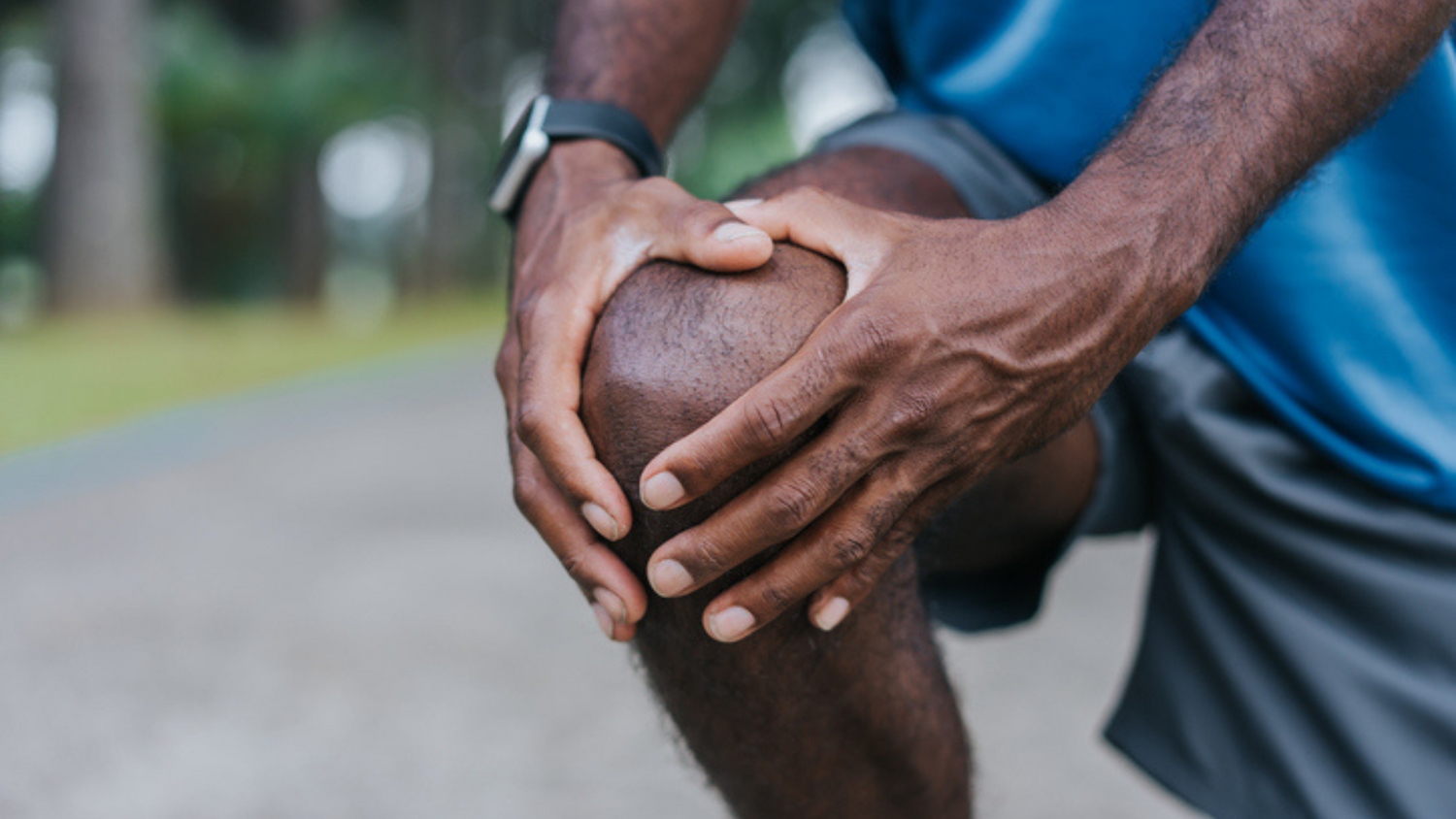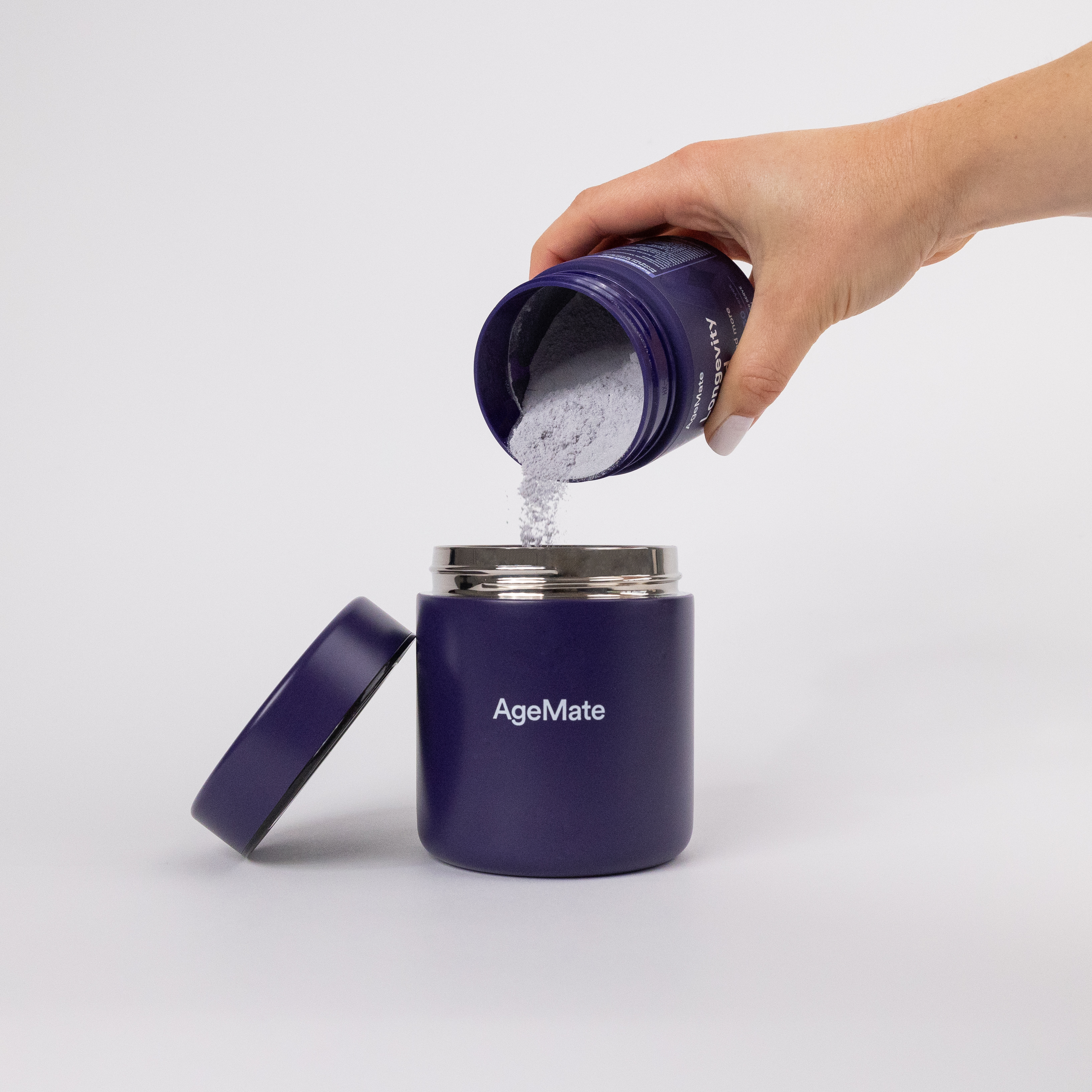Key Takeaways:
Did you know that the human body has 360 joints? These crucial connectors allow us to move fluidly through life, but they also take the brunt of everyday wear and tear. Fortunately, with the right lifestyle adjustments, you can keep your joints healthy and pain-free as you age.
Joint pain isn’t inevitable with ageing—it’s preventable! In this blog, we’ll explore proven strategies to protect your joints, whether you’re in your 30s or your 70s, so you can stay active and agile throughout your life.
Maintain a Healthy Weight to Reduce Joint Stress
Carrying extra weight places a considerable strain on your joints, especially those that bear the most load, like your knees and hips. Research shows that even a small amount of excess weight can increase the risk of joint pain and osteoarthritis (R).
Why This Matters: For every kilogram of weight you gain, your knees bear an additional 4 kilograms of pressure. Over time, this stress can cause the cartilage in your joints to wear down, leading to pain and reduced mobility.
What You Can Do: Maintain a healthy weight by eating a balanced diet rich in anti-inflammatory foods and staying physically active. Shedding even a few kilos can significantly reduce joint discomfort and the risk of developing chronic joint issues.
Stay Active with Low-Impact Exercise
Regular physical activity is one of the best ways to protect your joints. It strengthens the muscles around the joints, enhances flexibility, and keeps joints lubricated. However, high-impact exercises can cause damage over time, so it's best to choose joint-friendly activities (R).
Best Exercises for Joint Health:
Why It Works: Low-impact exercises help strengthen your muscles, which support and stabilise your joints, allowing them to function smoothly.

Eat an Anti-Inflammatory Diet to Support Joint Function
The foods you eat can have a direct impact on joint health. Chronic inflammation is a key contributor to joint pain, and one of the best ways to combat inflammation is through a nutrient-dense diet.
Nutrients for Joint Health:
Why It Works: Reducing inflammation through diet not only helps prevent joint pain but also supports overall mobility and longevity (R).

Prioritise Good Posture and Ergonomics
Whether you’re at a desk or lifting groceries, how you move and position your body throughout the day can affect your joints. Poor posture, repetitive motions, and improper lifting techniques can all lead to joint strain and injury over time (R).
Practical Tips for Better Ergonomics:
Why It Works: Proper ergonomics reduce unnecessary strain on your joints, helping you avoid pain and injury while maintaining a healthy range of motion.
Prevent Joint Overuse and Repetitive Stress
Daily activities can take a toll on your joints, particularly if they involve repetitive motions or overuse. This can lead to injuries like tendonitis or long-term damage to the cartilage, causing pain and stiffness (R).
How to Prevent Overuse:
Why It Works: Limiting repetitive movements and overuse reduces the wear and tear on your joints, helping to prevent long-term damage.
Stay Hydrated for Joint Lubrication
Your joints need proper hydration to function optimally. Synovial fluid, which cushions the space between joints, relies on adequate water intake to keep joints lubricated and prevent friction during movement.
How to Stay Hydrated:
- Drink at least 8 glasses of water a day, or more if you're physically active or live in a warm climate.
- Incorporate hydrating foods like cucumber, watermelon, and leafy greens into your diet.
Why It Works: Proper hydration keeps your joints lubricated, which helps to reduce stiffness and pain, especially as you age (R).
Wear Supportive Footwear
Your feet are the foundation of your body, and the right footwear can make a big difference in how your joints feel, particularly in your knees, hips, and lower back.

What to Look for in Shoes:
- Arch support that aligns your feet correctly.
- Cushioning to absorb shock during walking or running.
- A proper fit to avoid added pressure on your joints.
Why It Works: Proper footwear provides stability and reduces the impact on your joints, helping to prevent pain, especially during physical activities or long periods of standing (R).
In Summary
Preventing joint pain requires a proactive approach, but the rewards are well worth the effort. From maintaining a healthy weight to exercising, eating an anti-inflammatory diet, and staying hydrated, each of these strategies will support your joints and keep you moving with ease.
As you implement these lifestyle changes, consider incorporating natural supplements that support healthy ageing. The Longevity Blend, rich in antioxidants and anti-inflammatory ingredients, is designed to promote overall joint health and longevity. Give your body the support it needs to age gracefully and stay pain-free for years to come.





